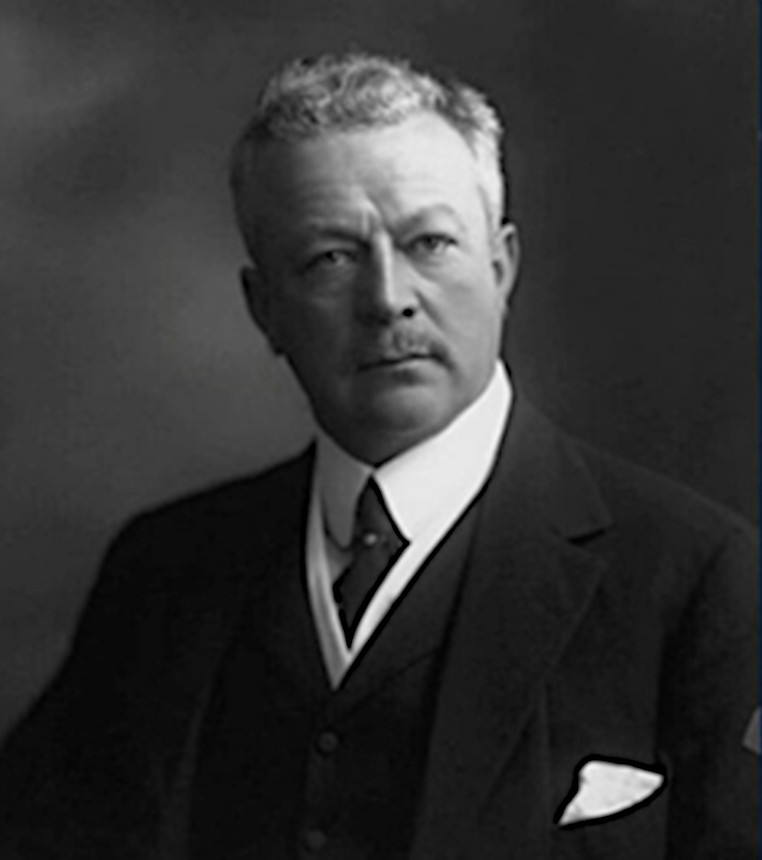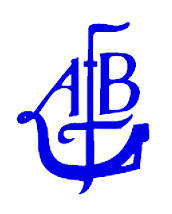Abe Bailey - the man behind the legacy
Abe Bailey was born in Cradock, Cape Colony, in 1864. His father, a wagon maker and wool merchant, later moved with his family to Queenstown. When Bailey was only seven years old, his mother passed away, and since he had a difficult relationship with his father, Bailey spent most of his time with Dutch friends who lived nearby. He attended school in Yorkshire, England and after leaving school at the age of 15, Bailey worked in London for a cotton and wool trading firm. It was not long until he returned to South Africa, where he settled and worked as a stock broker and financial agent in Barberton.
By 1894, he had become the head of the Bailey Group of gold mines on the Witwatersrand. Bailey went on to participate in South African politics and upon Rhodes' death in 1902, served as his replacement in Parliament as the MP for Barkly West. In 1908, he represented Krugersdorp in the first Transvaal Parliamentary elections and was later known for his ability to facilitate negotiations between opposing political groups.
Bailey was also active in British politics. He was appointed Knight Commander of St Michael and St George (KCMG) in 1911, and was created a Baronet in 1919 for services to the British Empire when he was awarded the order of honour for services rendered during World War One.
He spent a good deal of his life commuting between South Africa and Britain where he played a part in British political life also. The meeting in December 1916 which resulted in Lloyd George replacing Asquith as British Prime Minister took place in Bailey's London home. Bailey seemed to have had a talent for facilitating negotiations between opposing political groups. Back in South Africa he would invite to the same parties men as politically diverse as Hertzog, Botha, Smuts, Duncan and Jameson, and manage to "soften personal resentments" if not more theoretical points of difference. It was done in an unforced way, helped along by Bailey's genuine amiability and generosity. He sought to harmonise relations between the English and Afrikaans speaking groups of the population.
His interests were wide and he became famous for his stud sheep and the importation of Merinos from Australia. He was also a breeder of the best class of thoroughbred horse and took a keen interest in racing. He did much to raise the position of South African cricket by practical support, and personally guaranteed several South African tours overseas. He was a man of many facets including winning the SA boxing South African amateur middleweight boxing championship.
His first wife Caroline whom he married in 1894 died in 1902, leaving a son and a daughter. Lady Mary Bailey, Sir Abe's second wife, was a pilot, who after receiving her pilot's licence in 1927, flew solo from Croyden to Cape Town. They had 2 sons and 3 daughters. In 1924 he began to suffer ill health and was diagnosed in 1929 with thrombosis. By the mid 30's this condition had seriously advanced causing his left leg to be amputated in 1937 and in the following year the other leg. He died on 10 August 1940 and lies buried on the hillside above his house in Muizenberg, where a memorial has been erected on ground given to the Abe Bailey Trust by the government.
Some other interesting facts about Sir Abe:
- Jim Bailey, son of Sir Abe, was the founder of Drum Magazine.
- John Bailey, son of Sir Abe was married to Diana Churchill, daughter of Winston Churchill.
- Sir Abe was a provincial cricketer.
- The first ever international triangular cricket tournament held in England in 1912, between Australia, South Africa and England, was the brainchild of Sir Abe.
- Sir Abe was one of the co-owners of the Rand Daily Mail from 1902.
- He presented the tapestry map of Africa to South Africa House in Trafalgar Square, London.
|


|
 Travel Bursary
Travel Bursary
 Travel Bursary
Travel Bursary